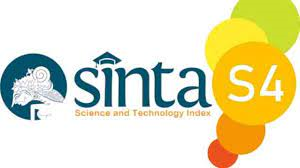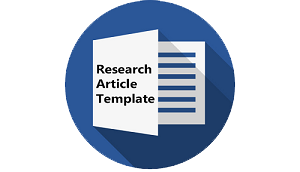The Role of Applied Linguistics in Language Attrition at a Bilingual School
DOI:
https://doi.org/10.30957/ijoltl.v9i1.776Keywords:
applied linguistics, attrition, bilingualAbstract
This paper examines the role of applied linguistics of language attrition in bilingual school. It explores the field of applied linguistics, with a particular emphasis on the role of language attrition in bilingual educational environments. This study discusses the theoretical foundations of applied linguistics and language attrition. Qualitative descriptive method is used to analyze the data. The result of this study shows that applied linguistics has an important role to solving the problems caused by language attrition. The research, grounded in theoretical frameworks such as Applied Linguistics, Language Attrition, the Matrix Language Frame (MLF) Hypothesis, and Sociolinguistic Perspective, provides a comprehensive understanding of the underlying mechanisms of language attrition. The significance of applied linguistics in addressing language attrition is emphasized by the study. It offers research methods, theoretical underpinnings, and useful tactics for language preservation and improvement. Community-based initiatives, educational interventions, and language assessment all benefit from applied linguistics. Additionally, it draws attention to the useful ramifications of language attrition in bilingual education and provides strategies for successful interventions that preserve linguistic diversity.
Downloads
References
Creswell, J. W., & Garrett, A. L. (2008). The “movement†of mixed methods research and the role of
educators. South African journal of education, 28(3), 321-333.
Edley, N., & Litosseliti, L. (2010). Contemplating interviews and focus groups. Research methods in
linguistics, 155, 179.
Grabe, W. (2002). Applied linguistics: an emerging discipline for the twentieth century. In Robert B.
Kaplan (Ed.), Oxford handbook of Applied Linguistics. New York: Oxford University Press.
Jessner, U., Oberhofer, K., & Megens, M. (2021). The attrition of school-learned foreign languages: A
multilingual perspective. Applied Psycholinguistics, 42(1), 19-50. doi:10.1017/S0142716420000557
Park, E. S. (2018). Language attrition. The TESOL encyclopedia of English language teaching, 1-12.
Sari, D. (2021). English Language Attrition among Bilingual Children Returning from English Speaking
Country. LANGUAGE HORIZON, 9(1), 28-35. doi.org/10.26740/lh.v9n1.p28-35
Schmitt, N. & Celce-Murcia, M. (2002). An overview of applied linguistics. In Schmitt, Norbert. (ed.), An Introduction to Applied Linguistics. London: Hodder Education.
Schmid, M. S., & Köpke, B. (2007). Bilingualism and attrition. Language attrition: Theoretical
perspectives, 33, 1-7.
Downloads
Published
How to Cite
Issue
Section
License
Authors who publish with this journal agree to the following terms:
- Authors retain copyright and grant the journal right of first publication with the work simultaneously licensed under a Creative Commons Attribution-ShareAlike 4.0 International License that allows others to share the work with an acknowledgement of the work's authorship and initial publication in this journal.
- Authors are able to enter into separate, additional contractual arrangements for the non-exclusive distribution of the journal's published version of the work (e.g., post it to an institutional repository or publish it in a book), with an acknowledgement of its initial publication in this journal.
- Authors are permitted and encouraged to post their work online (e.g., in institutional repositories or on their website) prior to and during the submission process, as it can lead to productive exchanges, as well as earlier and greater citation of published work (See The Effect of Open Access).












